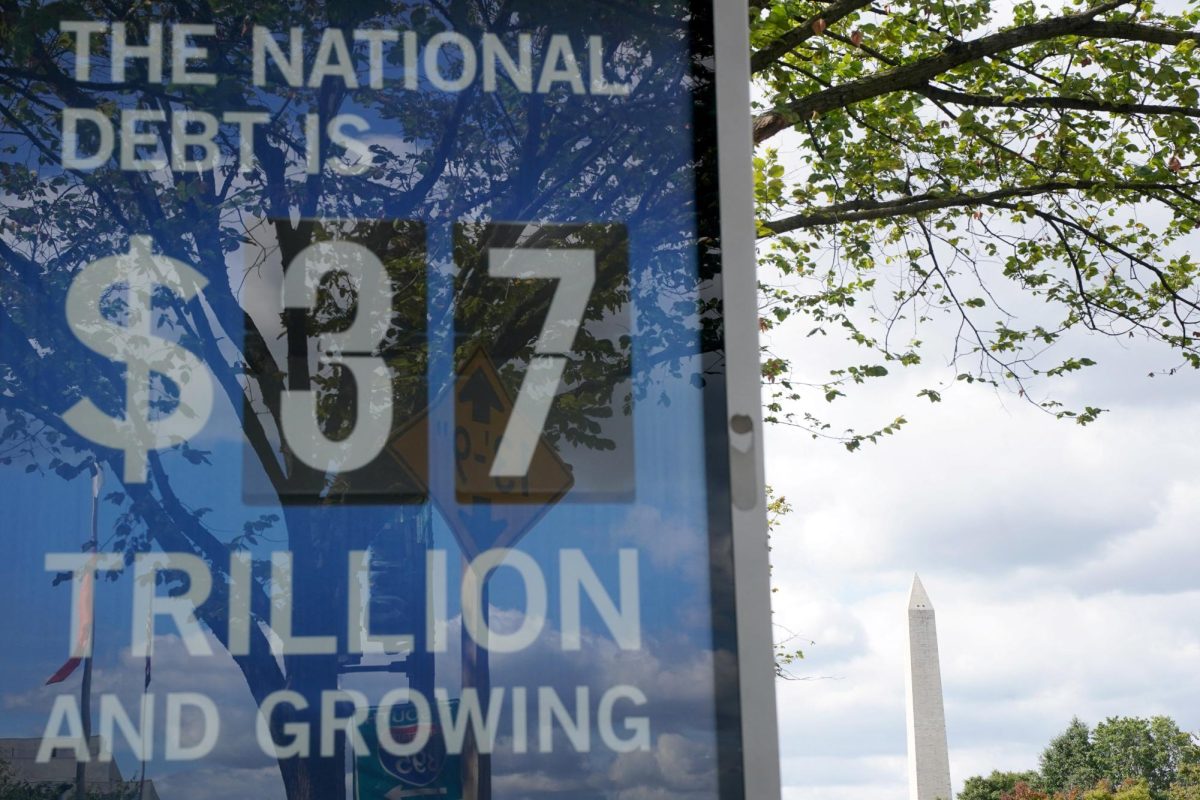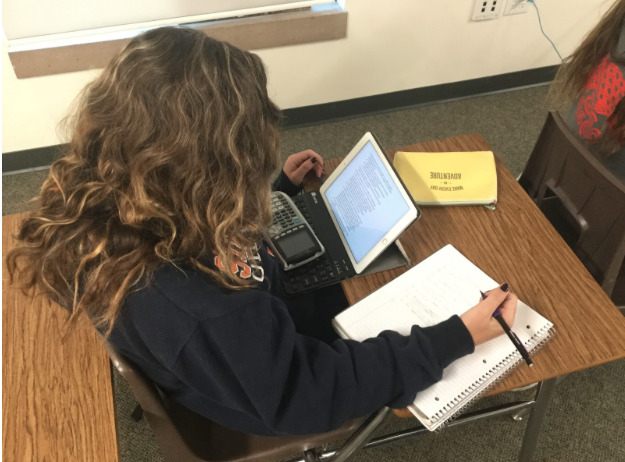Forget paper or plastic; What about iPad or pencil?
As more and more schools move toward digital-based textbooks and curriculum instead of traditional paper and pencil-based learning, students like Cathedral Catholic High School student Payton Straub ’17 find themselves struggling to decide which method works best for them.
December 8, 2016
At a time when grocery stores no longer offer plastic bags, thus eliminating one of life’s toughest decisions, Cathedral Catholic High School students find themselves with a new tough decision to make.
iPads or paper?
A recent study by Harris Interactive polled more than 2,300 American students about their use of digital technologies for education, finding that only 1 percent of the students used no digital technologies whatsoever in their studies and that 71 percent used iPads instead of paper.
“iPads are way less frustrating than dealing with paper,” Director of Technology Dustin Nies said.
So the question is, should CCHS students go back to the traditional method of using paper and only paper for school work or continue embracing nascent technologies?
“No I love iPads,” CCHS student Caroline Tibbitts 20′ said. “They are the best part of CCHS.”
For other students, however, iPads are a cause for distraction and laziness, diminishing their learning skills and reducing their attention spans. With a swipe of a hand, students find themselves on social media outlets, like Twitter and Facebook.
Of course, diversions such as these can be resolved by eliminating iPads from the classroom and providing free paper to students.
“As a senior I feel that iPads are a huge distraction and I certainly miss writing,” CCHS student Kat McConville ’17 said.
The truth of the matter is that teachers will never really know what each student is on while simultaneously trying to teach a class of 20-30 students. The chances of every student being on the subject lesson is slim with the wide variety of distractions.
Expecting students to pay attention with what is basically a large iPhone seems unrealistic. Since the pager, devices in the class have been frowned on since the 1973 Motorola.
On the other hand, some teachers favor the iPad and its creative abilities.
Apps such as iMovie and Educreations allow for subjects, like science and math, to come alive. These teachers find the iPad innovative rather than disruptive, and they strive to make learning exciting on multiple platforms that is offered through technology.
“It depends on the student and the assignment,” CCHS teacher Amanda Gustafson said. “Freshman should use paper, but for the more mature students like seniors, they should use iPads. I love using the iPads.
“However, they are detrimental to the learning environment.”
Even with new software like Apple Classroom, where teachers have the ability to view all screens, all it takes is one second for a student to shift their split screen back to Notability.
Eliminating the iPad from the learning environment seems like the best solution, ensuring that distractions are forgotten. Not only would the educational quality improve, but the simple desire to read would increase.
According to an Educause study, 52 percent of 34,000 students ages 8-16 enjoy reading an electronic device compared to 32 percent who prefer print. Those people who read digital screens are nearly twice less likely to be above average readers. In addition, they are almost three times less likely to enjoy the art of reading, the study concluded.
Yes, technology has become second nature, but that is what scares me. If we continue excluding paper, the quality of education and learning will slide into a digital abyss.






















































